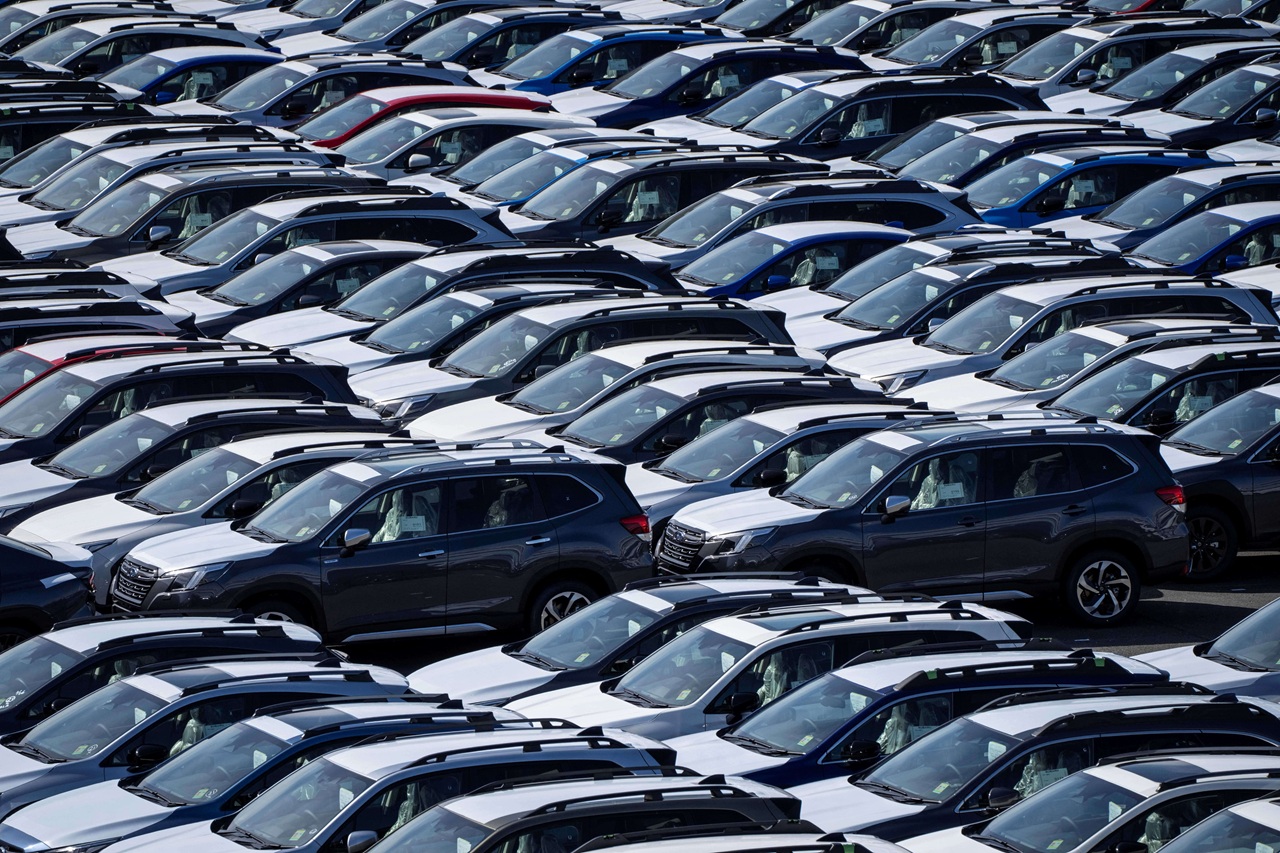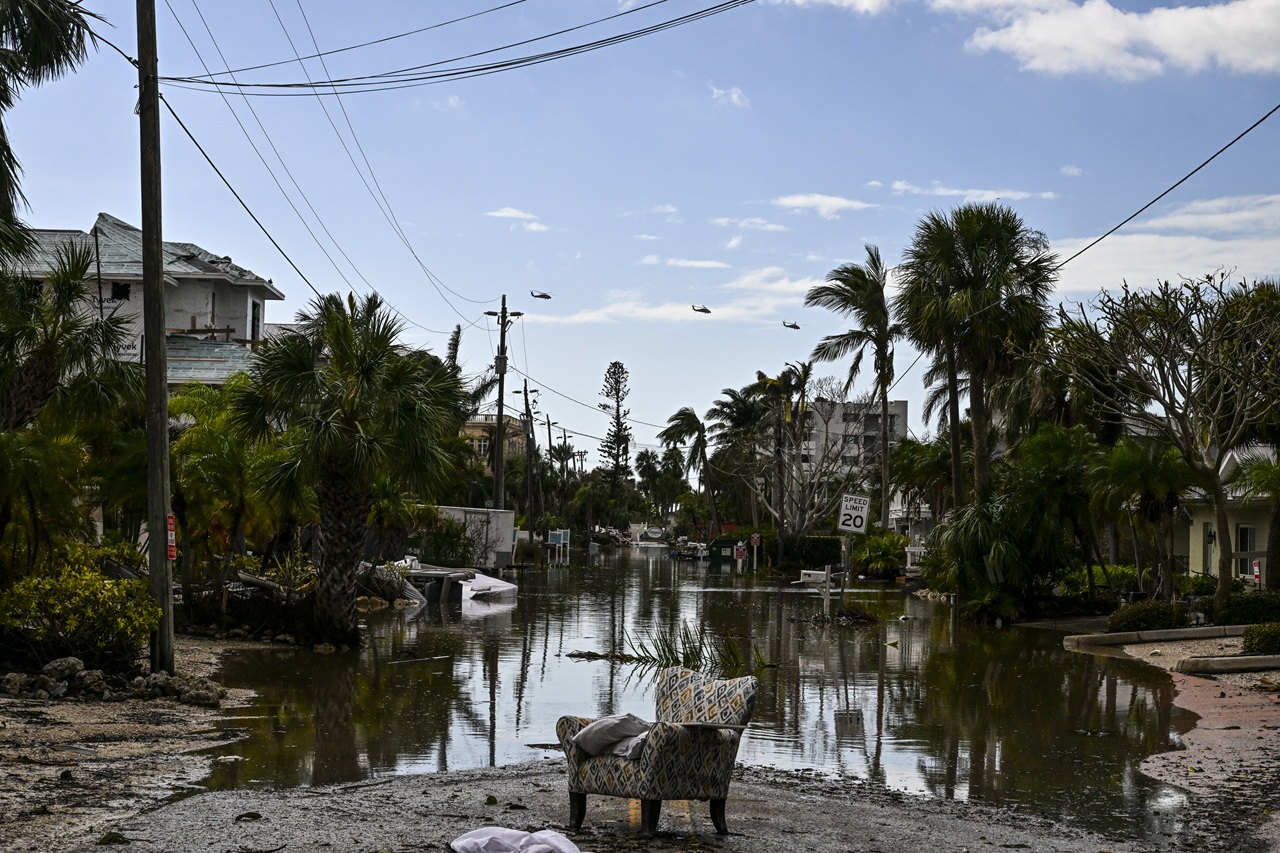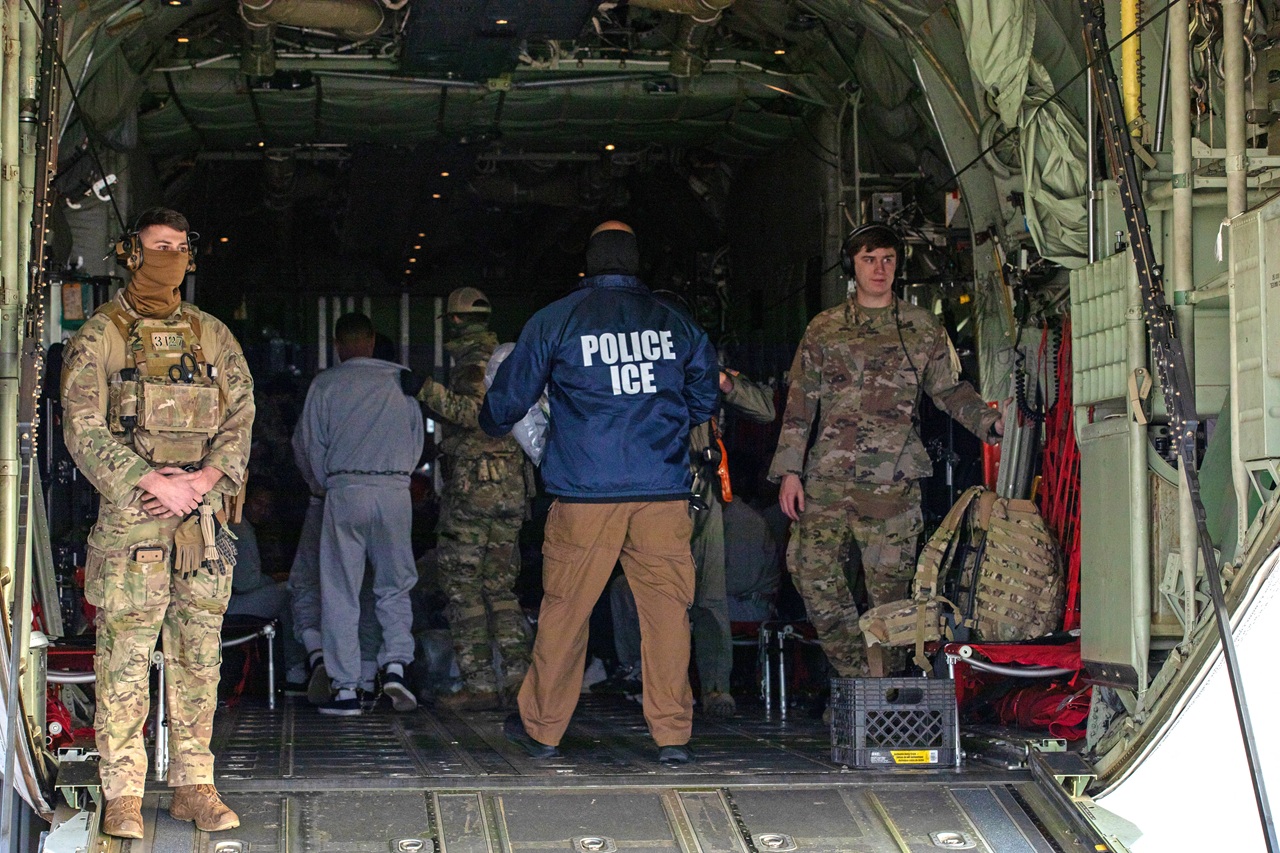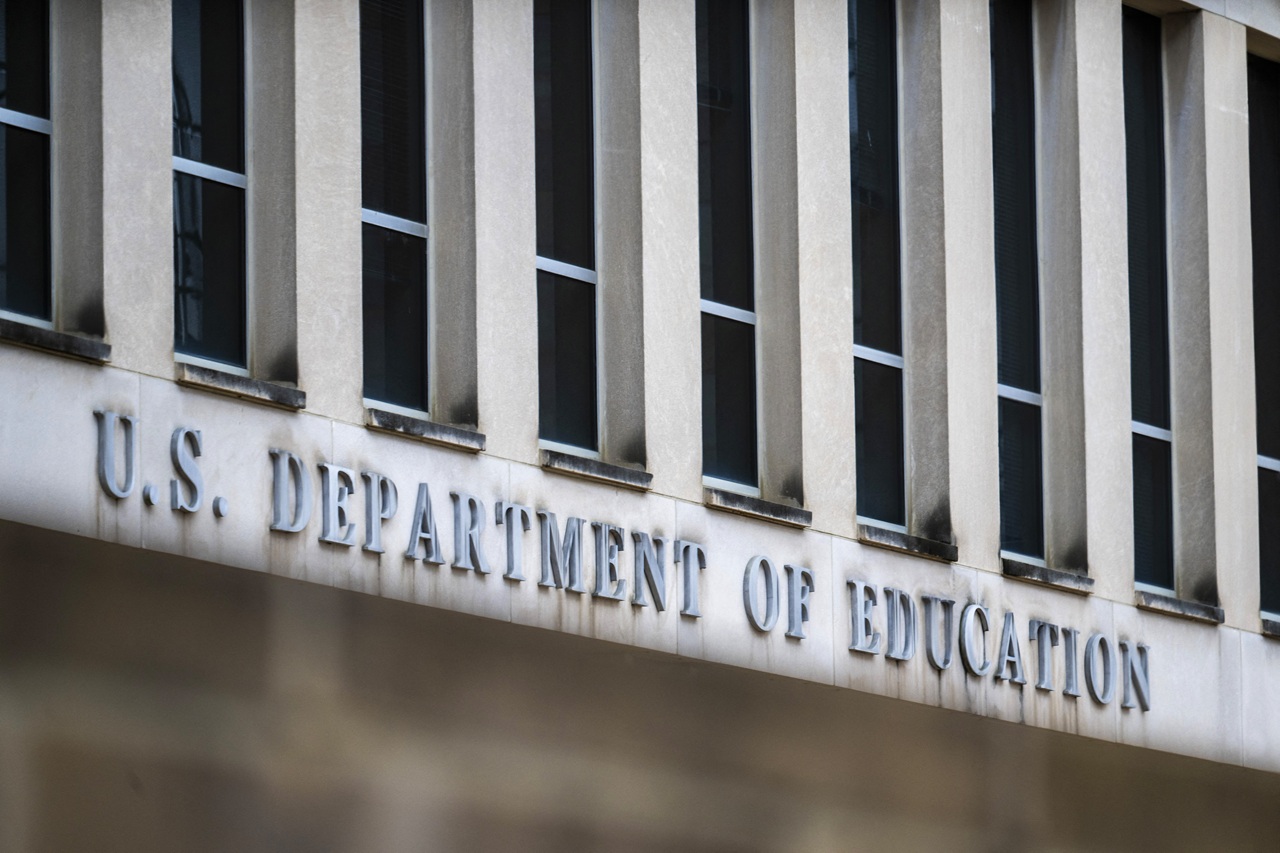
Reps. Barragán and Clarke reintroduce the Energy Resilient Communities Act to fight Climate Crisis
The Energy Resilient Communities Act was recently introduced by reps hailing from California and New York.
Increasingly, it appears as if part of fighting the climate crisis is not trying to avoid what is already here, but how to mitigate its already present effects and consequences.
To that end, U.S. Reps. Nanette Diaz Barragán (D-CA) and Yvette D. Clarke (D-NY) reintroduced a bill that would alleviate concerns for when natural disasters strike — to have a backup plan for widespread cases of lost power due to flooding or other severe weather events.
The two reps have introduced a bill to create the first federal program to build 100% clean energy microgrids to power critical infrastructure for communities in the aftermath of such events.
Dubbed the Energy Resilient Communities Act, it prioritizes energy equity and environmental justice by amplifying grant applications from low income and BIPOC communities to develop these clean energy microgrids, which would develop “green” jobs and reduce pollution, thereby fighting the climate crisis.
In California, these unexpected weather events can take the form in widespread power outages caused by severe wildfires or record heat-waves.
“Keeping the lights on and maintaining health care and emergency services can be the difference between life or death. The Energy Resilient Communities Act will help communities recover from extreme weather events by centering our most vulnerable communities at the heart of the clean energy revolution,” Barragán said in a statement.
The Energy Resilient Communities Act will help communities recover from extreme weather events by centering vulnerable communities at the heart of the clean energy revolution.
— Nanette D. Barragán (@RepBarragan) January 25, 2021
Proud to reintroduce this #EnvironmentalJustice bill with @RepYvetteClarke. https://t.co/MITvu3jzOw
Rep Clarke’s ninth congressional district includes Central and South Brooklyn. Disaster takes its different forms in her district in comparison to California.
The nation witnessed just how catastrophic it could be in the aftermath of Hurricane Sandy.
“From Superstorm Sandy to summer heatwaves, Brooklynites are all too familiar with the impacts of extreme weather on our communities. Unfortunately, the climate crisis exacerbates these impacts, particularly for communities experiencing the greatest climate and pollution burden yet have received the least in renewable energy investments,” said Clarke in the same statement.
RELATED CONTENT
The reps also connected the aftermath of natural disasters to Hurricane Laura, tied with a 19th century Hurricane as being the strongest on-record to make landfall in the United States.
“In the absence of microgrids, communities often rely on diesel-powered generators, which heavily pollute the air and are dangerous if used improperly. More than half of the deaths associated with Hurricane Laura were caused by the use of portable generators,” the reps say.
Clarke later wrote on Twitter that she was “very proud” to reintroduce the bill with Barragán, signaling her excitement to support the creation of equitable jobs.
The funds and technical assistance in the reintroduced bill would ensure that Clarke’s Brooklyn communities, as well as Barragán’s in Los Angeles, would gain access to federal resources to implement similar systems across the community.
The drive comes from a local standpoint, but the act would impact communities across the nation.
Barragán and Clarke were joined by 39 original cosponsors of the act, including several members of the Hispanic Caucus, the Squad, and progressives.
- Authorizes $50 million in annual grants for technical assistance and $1.5 billion in annual grants for clean energy microgrids to support the critical infrastructure needed in the aftermath of an extreme weather event.
- A minimum of $150 million of annual authorized funding is reserved for grants supporting the construction of community-owned energy systems.
- State and local governments, territories, political subdivisions of the state, tribal agencies, utilities, and non-profits can apply for grants.
- Grants are prioritized for applications from environmental justice communities.
- Examples of critical infrastructure include hospitals, grocery stores, community centers, public safety facilities, water systems, public or affordable housing, medical baseline customers, and senior housing.
- Projects are additionally prioritized based on several criteria, including how effectively they reduce pollution and improve public health, whether they are built on previously disturbed land, whether they include contracts for women and minority owned businesses, their utilization of apprenticeships, and whether the proposed project will be a community-owned energy system.
- The maximum federal cost share of 60%, except for environmental justice communities, where the maximum federal cost share is 90%.
- Includes Buy American provisions to maximize the creation of American manufacturing jobs in the production of materials and technology for microgrids.
- There are worker hiring targets for each project to maximize the number of local and economically disadvantaged workers, including those who live in environmental justice communities or were displaced from a previous job in the energy sector.
The full bill can be found here.











LEAVE A COMMENT: